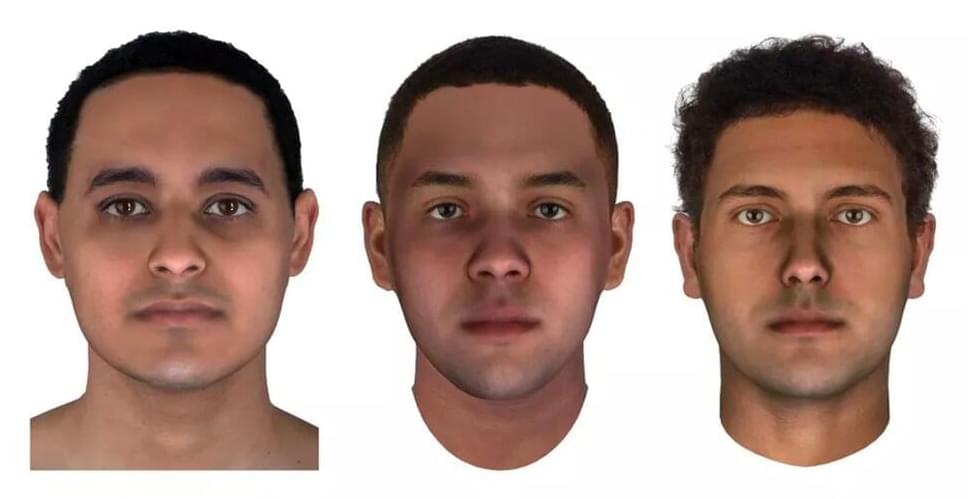Residents of Abusir el-Meleq, an ancient Egyptian city south of Cairo, the men died between 1,380 B.C.E. and 450 C.E. A team from Parabon NanoLabs presented the trio’s facial reconstructions at the International Symposium on Human Identification in September.
“[T]his is the first time comprehensive DNA phenotyping has been performed on human DNA of this age,” says Parabon, a Virginia-based company that typically uses genetic analysis to help solve cold cases, in a statement.
To approximate the men’s faces, researchers used DNA phenotyping, which predicts individuals’ physical appearance based on genetic markers. (Phenotyping can suggest subjects’ skin, hair and eye color, but as Caitlin Curtis and James Hereward wrote for the Conversation in 2,018 the process has its limitations.) The team determined the mummies’ other characteristics through examination of their physical remains, reports Hannah Sparks for the New York Post.
